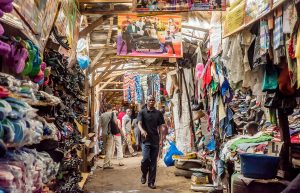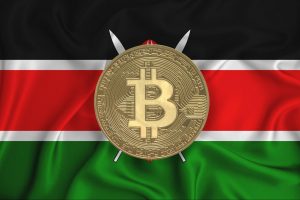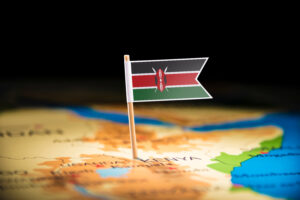Transport in Kenya has been undergoing a facelift, and the Nairobi BRT system is a major component of the transformation. Not much is publicly known about the final plans of the system, and it seems to be changing with every new head of the project.
But in this article, I’ll compile what has been officially confirmed and explain how it will work, what improvements it will bring, and what the future is going to be. Let’s hop in.
What is the BRT System?
The Nairobi Bus Rapid Transit (BRT) System is an ongoing project by the Nairobi Metropolitan Area Transport Authority (NaMATA). The project is part of efforts to decongest Nairobi traffic and pollution.
The BRT System is a series of dedicated lanes to be used by special buses. The buses will travel at dedicated times and have higher capacities than current public road transport.
The system will also have parking areas for drivers and pedestrian stations at locations near the most populated neighbourhoods within and around Nairobi.
BRT Routes in Nairobi
The BRT Routes link the major towns right on the outskirts of Nairobi. This is where most of the people who commute to the CBD to work live.
The lines are named after Kenya’s Big Five wild animals found in various national parks.
- LINE 1 – NDOVU: Limuru – Kangemi – CBD – Imara Daima – Athi River – Kitengela
- LINE 2 – SIMBA: Rongai – Bomas (Langata Rd) – CBD – Ruiru – Thika – Kenol
- LINE 3 – CHUI: Tala – Njiru – Dandora (Juja Rd) – CBD –Showground (Ngong Rd) – Ngong
- LINE 4 – KIFARU: Mama Lucy Hospital – Donholm (Jogoo Rd) – CBD – T Mall – Bomas – Karen – Kikuyu
- LINE 5 – NYATI: Ridgeways (Kiambu Rd) – Balozi (Allsops) – Imara Daima
Cost of a BRT Ticket in Nairobi
None of the BRT routes are fully functional yet. However, one line is currently in the trial phase. As of February 2022, it costs Ksh 150 to use a BRT bus on the Simba route from Kasarani to the CBD to Kenyata National Hospital. This will be on normal roads as a test program.
Benefits of using a BRT Bus
BRT buses will be operated by private corporations selected by a tender process, and NaMATA has made strict specifications about the kind of buses that will be accepted and operated on the BRT. From these specifications, you can tell that the buses will be a great improvement on the current commuter transport. Here are some of the reasons why:
Reliability
BRT buses will always leave on time and will rarely encounter traffic. You’ll be able to schedule your departure and arrival more reliably than with the current system, where the public transport vehicles (matatus) only leave when full, not on time.
Spacious
Current BRT buses have to be a certain size and capable of carrying their specified capacity. There will be enough leg room for almost anyone and space to move around for people boarding and alighting.
Noise control
If you’ve been in a Nairobi matatu, you’ll know how loud the music played can get. And then there are street vendors, preachers, and rowdy conductors. There’ll be none of that on BRT buses. Music, if any, will be soft and pleasing, and no unauthorised personnel will be allowed.
On-board services
BRT buses will be equipped with WiFi, so you will be able to start working while on your commute.
Environmentally friendly
All BRT buses have to be environmentally friendly to operate. Currently, that’s either electric, hybrid, or biodiesel powered.
Final Thoughts
Done right, the BRT System will greatly improve transport in the city, move Kenya closer toward its environmental goals and make the commuter experience much, much better. The system will also link to other improvements to the Nairobi transport system, like the Commuter Rail System and the SGR. This makes me really look forward to its completion.
We have an in-depth look at the SGR Train for you, and if you’re looking to explore more of Nairobi, try one of our neighbourhood guides.







